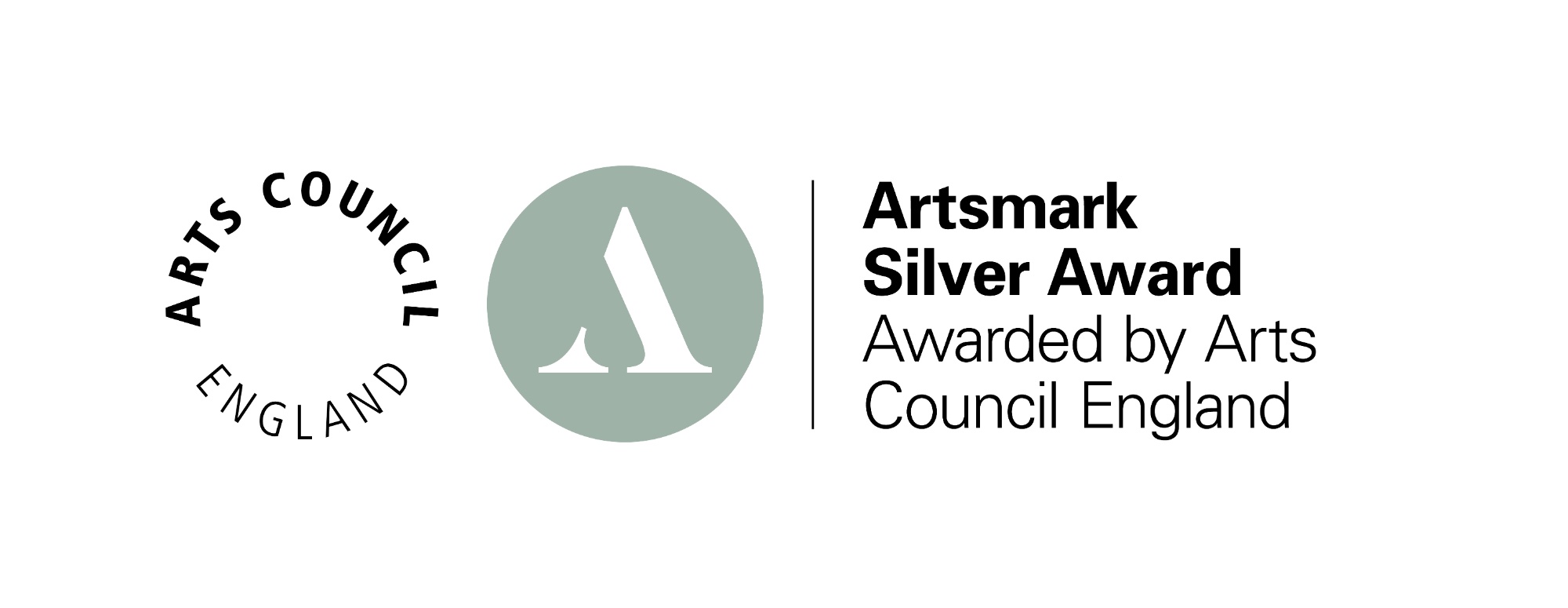Art and design
Intent
At Horsell Junior School we aim to inspire pupils and develop their confidence to experiment and create their own works of art. Our curriculum aims for children to fulfil their 'God given' talents and in our art curriculum we aim to nurture their talents and interests. Art also enables pupils to express their thoughts about the world in a myriad of different ways. At Horsell Junior school we also inspire our pupils through learning about art and artists across cultures and through history.
Implementation
There are five strands that run through the Art curriculum at Horsell Junior School. These are:
- Generating ideas
- Using sketchbooks
- Marking skills, including formal elements (line, shape, tone, texture, pattern, colour)
- Knowledge of Artists
- Evaluating and analysing
Lessons are sequential, allowing children to build their skills and knowledge, which can be applied to a range of outcomes. Key skills are revised again and again with increasing complexity as children move through school, which enables them to revise and build on their previous learning. Art lessons are always practical and encourage experiential and exploratory learning, with pupils using sketchbooks to document their ideas.
Units are organised into four core areas:
- Drawing
- Painting and mixed media
- Sculpture and 3D
- Craft and design
Art and design at Horsell Junior school is taught every other half-term and alternates with other foundation subjects, to ensure lessons are of sufficient length and depth.

Impact
Pupils' ability in Art and Design is constantly monitored through both formative and summative assessment opportunities. Each unit has a unit quiz and knowledge catcher, which are used at the end of each unit to assess children’s understanding, and the end of each unit pupils' artwork is assessed against the key learning objectives. Attainment in Art is reported to parents in pupils' end of year reports.
At the end of their time at Horsell Junior, pupils should leave school equipped with a range of techniques and the confidence and creativity to form a strong foundation for Art and design learning at Key Stage 3.
By the end of Year 6, pupils will be able to:
- Produce creative work, exploring and recording their ideas and experiences.
- Be proficient in drawing, painting, sculpture and other art, craft and design techniques.
- Evaluate and analyse creative works using subject-specific vocabulary.
- Know about great artists and the historical and cultural development of their art.
- Meet the end of key stage expectations outlined in the national curriculum for Art and design.

